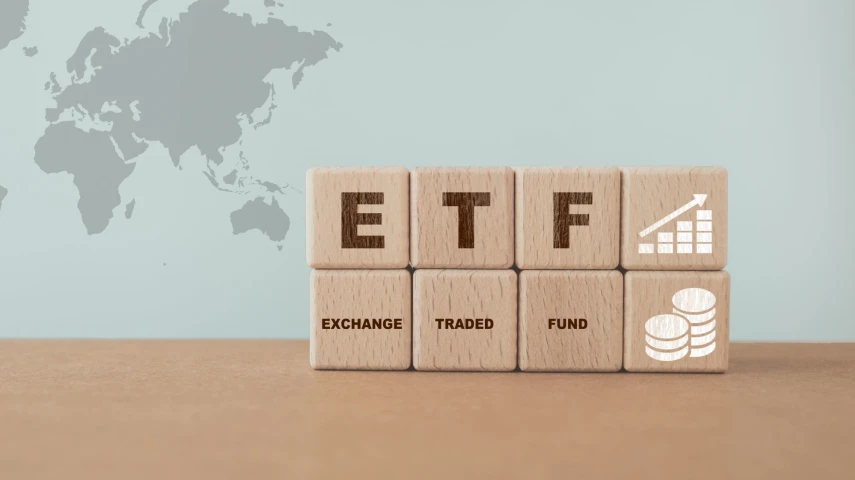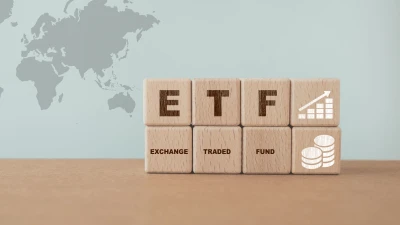Advisers propel bulk of ETF net flows in 2024



Advised money continues to be the largest source of net flows into the exchange-traded fund (ETF) industry for 2024, underlining significant adviser demand for these solutions.
According to a Betashares estimate analysing the sources of net ETF flows for 2024, advised funds make up 60.9 per cent during the year thus far.
This is followed by 26.7 per cent for retail flows and 12.4 per cent for institutional flows.
“We continue to see strong demand from all types of investors, with advised money remaining the largest source of net new money into the ETF industry in 2024,” Betashares stated.
Paul Turner, Australian head of adviser group and vice president at Dimensional Fund Advisors, recently spoke with Money Management on the appeal of ETFs for advisers.
“Advisers want to make sure they’ve got really good investment solutions that appeal to different subsets of the market and want to do so in a scaleable manner, so it enables them to run efficient businesses,” he said last month.
Moreover, ETFs are becoming increasingly attractive for advisers looking to service their younger clients, AUSIEX recently found. The products expose young investors to a range of asset classes while developing a well-balanced investment portfolio.
Betashares also provided its Australian ETF review for March. The month saw assets under management reach $196.7 billion, just shy of the $200 billion milestone. The 3.9 per cent monthly rise was underpinned by net inflows of $1.8 billion, representing a quarter of the industry’s growth for March.
“Continuing the trend which started five months ago, March was again a month where international equities products dominated in terms of the composition of net inflows,” the firm wrote.
In a separate report from Vanguard, Adam DeSanctis, Asia-Pacific head of ETF capital markets, agreed Australian investors have been steadily increasing their exposure to the asset class to capture the strong returns seen from offshore markets.
“US share markets surged around 24 per cent last year and continued to gain ground over the first quarter, reaching record highs, mainly thanks to the impressive returns from some of the big US technology stocks. It’s no surprise that many Australian investors have been using international ETFs that are listed on the ASX to get a slice of that action,” he described.
International equities accounted for approximately 50 per cent of the sector’s net flows at $834 million. Fixed income came in second with inflows of $453 million, followed by Australian equities at $396 million and listed property at $81 million.
DeSanctis added: “The strong inflows into fixed interest ETFs that we witnessed last year reflected global expectations for higher bond returns over the longer term.
“Those expectations haven’t changed, but it’s evident from the latest quarterly inflows that there is a strong focus on equity markets, particularly international markets.”
Betashares identified gold miners ETFs as the highest performers for the month. The VanEck Gold Miners ETF performed 19.4 per cent, while the Betashares Global Gold Miners ETF – Currency Hedged also saw a similar performance of 19.3 per cent.
“Bitcoin and crypto exposures also performed relatively well, albeit not at the rate experienced in February.”
Recommended for you
Australian equity ETFs attracted record inflows of $3.2 billion in 1Q25, while heightened volatility led to a decline in flows for global equity ETFs, according to Vanguard.
The failure of a clinical trial by biotech firm Opthea has caused shares in its backer Regal Partners to decline 52 per cent year-to-date and hit its funds under management, quarterly flows show.
GQG Partners has revealed its quarterly flows for the first three months of 2025 were up 5.8 per cent, after a difficult final quarter of 2024 as a result of institutional redemptions.
Global asset manager Janus Henderson has signed a strategic partnership with life insurer Guardian Life, which will commit US$400 million to accelerate the firm’s fixed income development plans.















